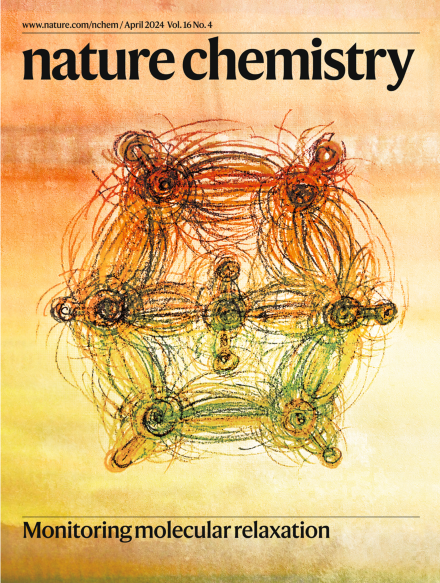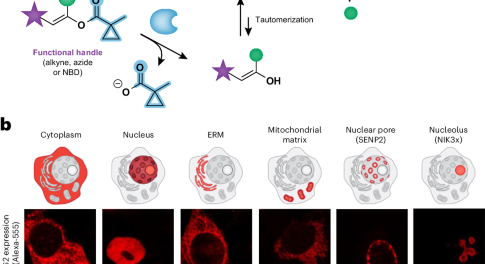
Read our April issue
This month, a Perspective on improving data management in scientific publications, the usual mix of Articles and News and Views, and an In Your Element on serotonin, the ‘happy hormone’

This month, a Perspective on improving data management in scientific publications, the usual mix of Articles and News and Views, and an In Your Element on serotonin, the ‘happy hormone’


A non-radical proximity labelling platform — BAP-seq — is presented that uses subcellular-localized BS2 esterase to convert unreactive enol-based probes into highly reactive acid chlorides in situ to label nearby RNAs. When paired with click-handle-mediated enrichment and sequencing, this chemistry enables high-resolution spatial mapping of RNAs across subcellular compartments.